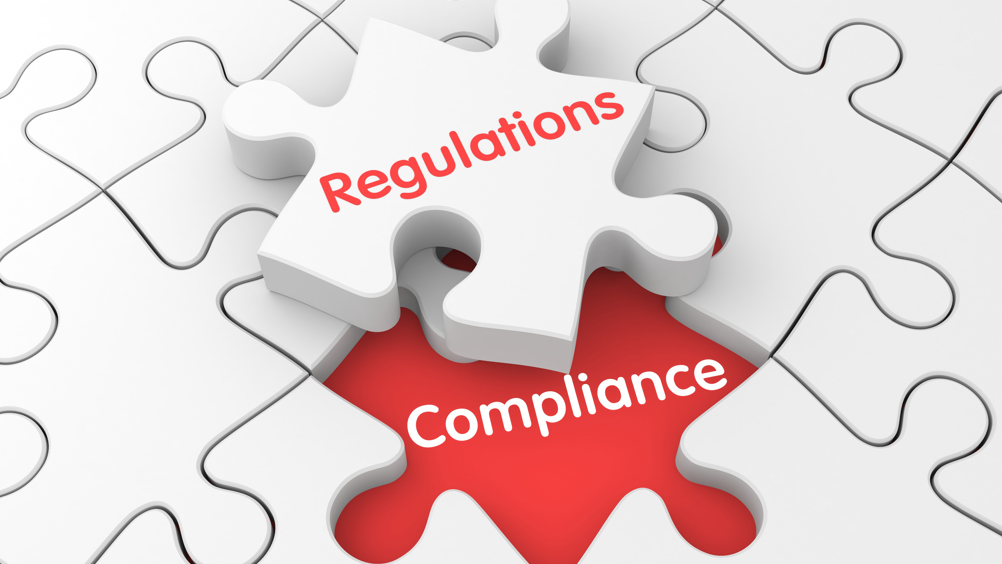Decontamination issues

Kate Sheer explains the importance of the right equipment.
From delivering quality patient care to meeting the necessary requirements expected by the Care Quality Commission, the success of any dental practice always boils down to synergistic practices and functioning collaboration. If workflow isn’t harmonious this will always have an effect on the output of the practice.
Importantly, this applies to your decontamination equipment too. So what can be done to make sure that your decontamination equipment doesn’t let your practice down? Ultimately, it all boils down to the choices that you make and the equipment that you choose. Only by making an informed decision and investing in quality, reliable products will you be able to ensure consistent sterility and provide a safe, compliant environment for both patients and staff.
The first step on the pathway to decontamination success is to consider the type of equipment that you’re using. There are so many different types that it can be hard to keep up, but HTM 01-05 provides detailed recommendations on the most effective methods so it is always worth reviewing regularly. As it stands, the use of a thermo washer disinfector is regarded as best practice for disinfection before sterilisation, as the technology ensures a reproducible, validated, medically effective washing process that will always guarantee the optimal removal of harmful proteins and decontaminants.
Register now to continue reading
WHAT’S INCLUDED
-
Unlimited access to the latest news, articles and video content
-
Monthly email newsletter
-
Podcasts and members benefits, coming soon!
